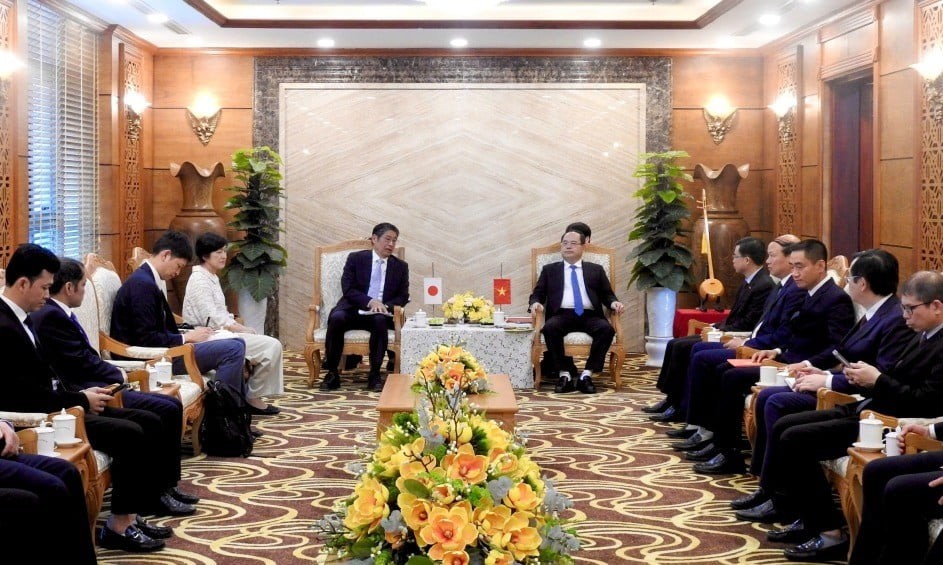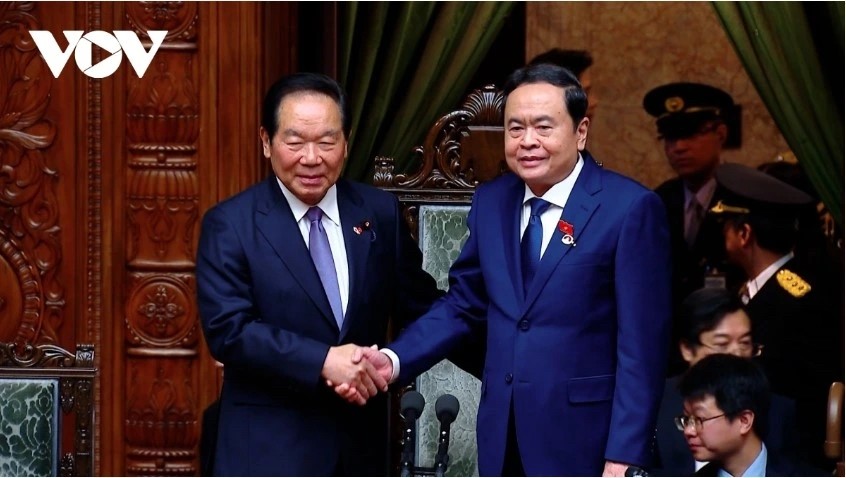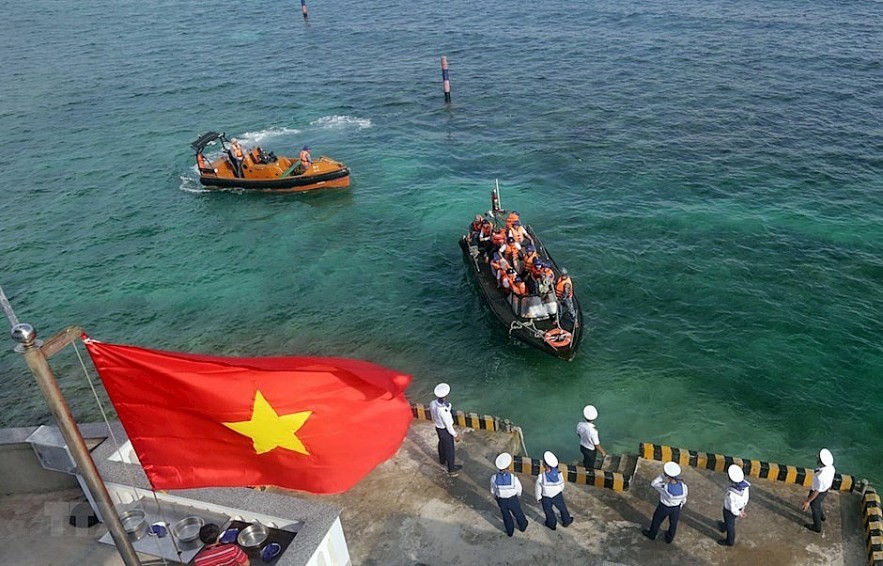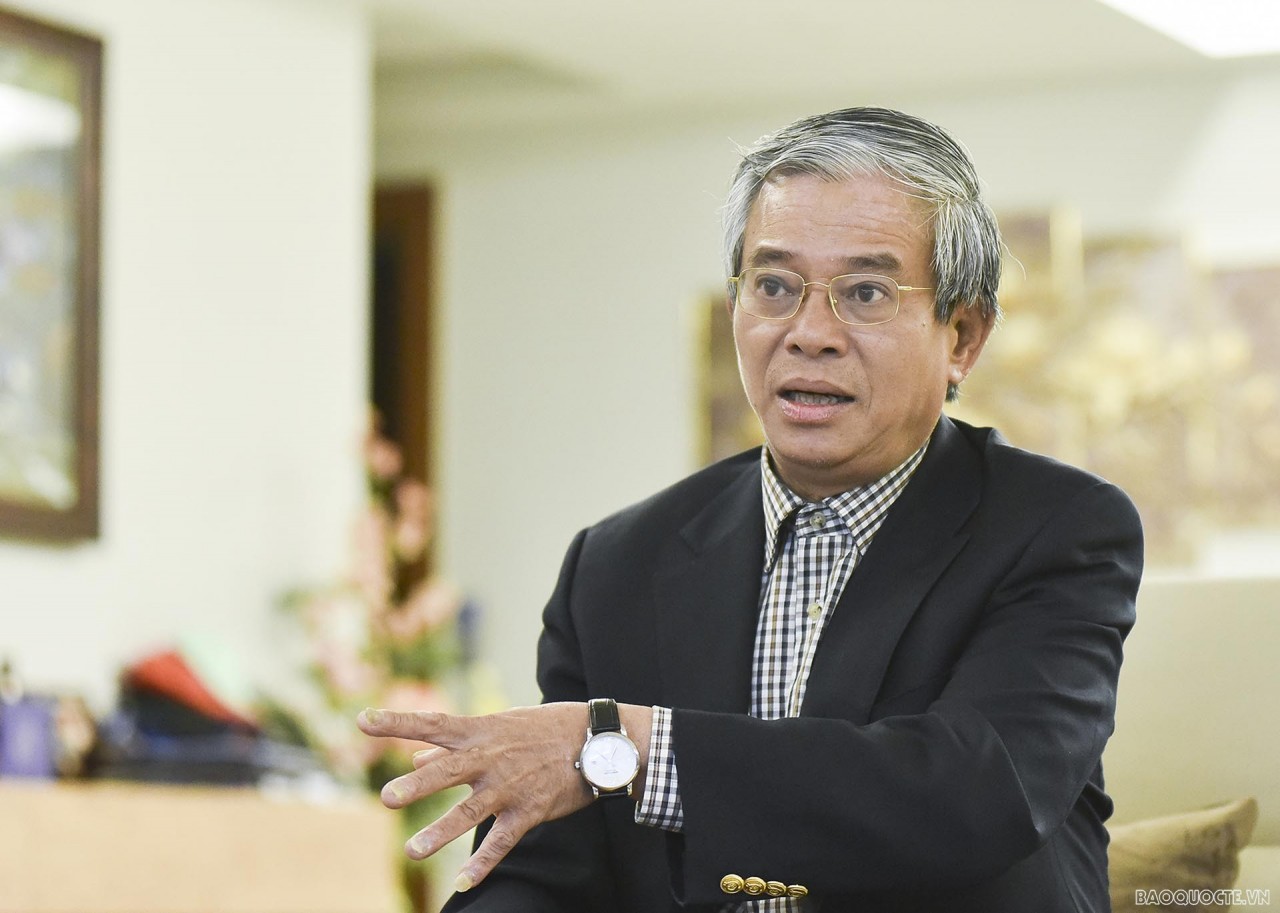Macron Promises Closer Ties with Japan to Oppose Chinese Expansion in the Pacific
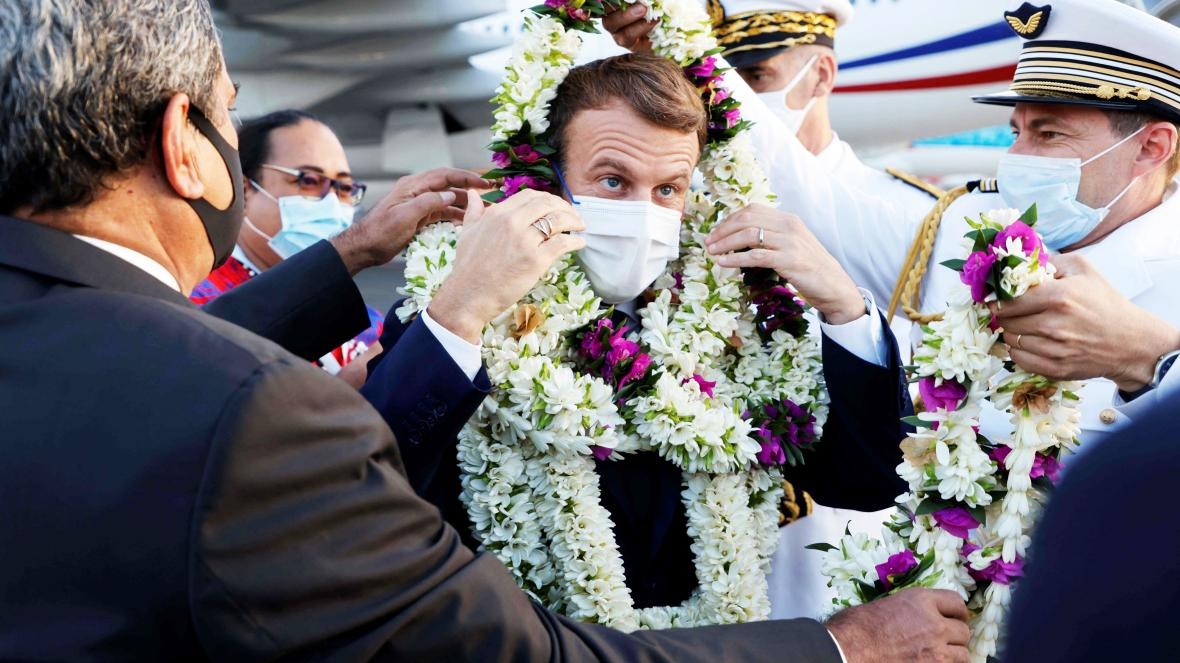 |
| President Macron receives a traditional if Covid-cautious welcome on Tahiti to begin his tour of French Polynesia. He hopes to strengthen Pacific ties against China. Photo: Getty Images |
Macron arrived in Tahiti yesterday for his first official visit to France’s Pacific territories, where he is expected to lay out a strategy to oppose Beijing’s rising incursions and influence, as reported by The Times.
He had earlier met Yoshihide Suga, Japan’s prime minister, in Tokyo after which they issued a joint statement committing to work closer on defence for a “free Pacific”. They expressed “serious concerns” about Beijing’s crackdown on rights in Hong Kong and on the ethnic Uighur community.
France has significant economic interests in the Pacific region.
Chinese expansion in Pacific waters raise security concerns
In the last three years, China’s footprint in the South Pacific has become so large and its behaviour in other parts of the world so much more assertive, that alarm bells have started to sound in capital cities of the South Pacific’s traditional partners.
The South Pacific is known for its geographic and cultural diversity with unique development challenges. With a cumulative population of fewer than 13 million people, these 14 sovereign nations with dual problems related to small size and remoteness make conventional economic pathways in most of these countries very difficult. In the last three years, China’s footprint in the South Pacific has become so large and its behaviour in other parts of the world so much more assertive, that alarm bells have started to sound in capital cities of the South Pacific’s traditional partners.
Over the last two decades China has been steadily building its influence in the South Pacific. Many perceive this expansion to be growing at a rate much faster than what could be considered a natural reflection of China’s growing economic and geopolitical clout. This raises several questions over China’s ambition in the South Pacific and the impediments of this expansion.
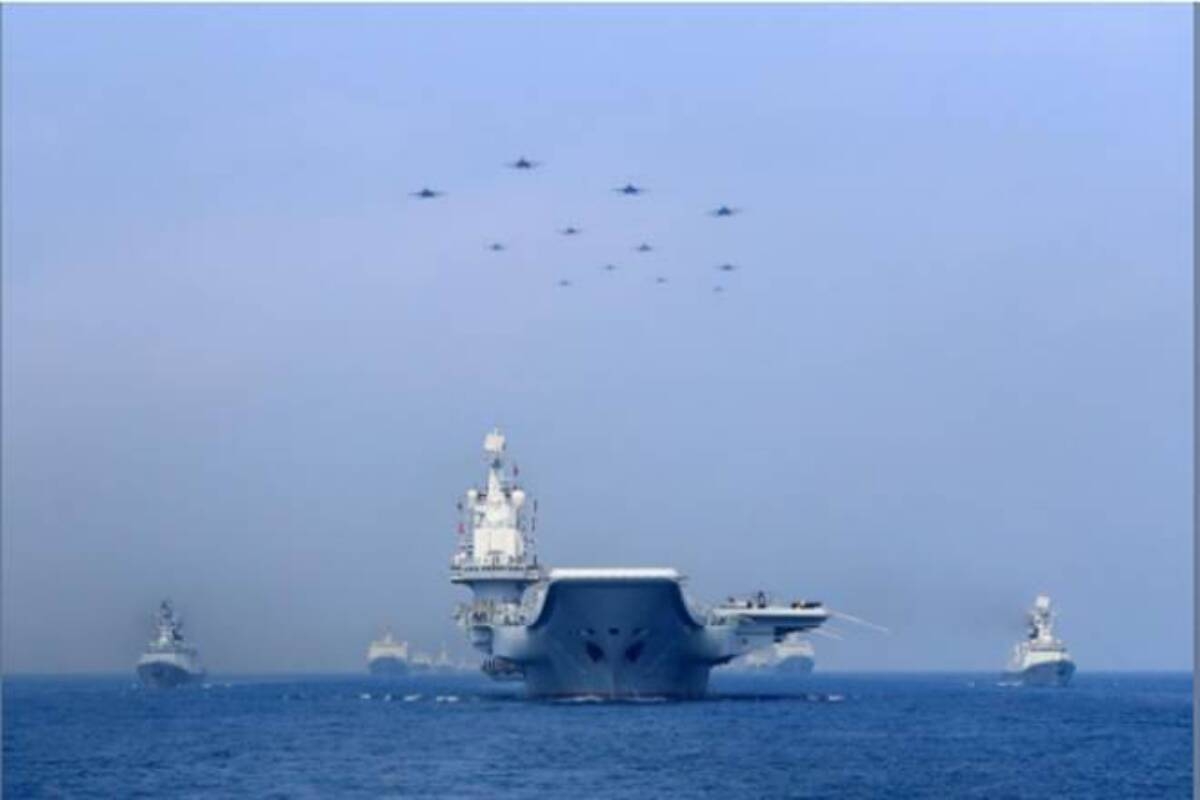 |
| Over the last two decades China has been steadily building its influence in the South Pacific. Photo: Reuters. |
Growing Foot Print of PLA in Pacific
The People’s Liberation Army (PLA) uses the term ‘military and security cooperation’ for its external engagement. According to ‘China’s Military Strategy’– the first white paper of its kind released by the PLA in May 2015 – this includes ‘developing all-round military-to-military relations’, ‘pushing ahead with pragmatic military cooperation’ and ‘fulfilling international responsibilities and obligations’. ‘Pragmatic military cooperation’ takes the form of dialogues, personnel training, material assistance and bilateral/multilateral joint exercises and training in both traditional and non-traditional security areas.
Regarding the Pacific, the white paper states that the PLA will ‘continue the traditional friendly military ties with their African, Latin American and Southern Pacific counterparts’. In reality, the PLA has been focusing its Pacific Island engagement on the military forces of Fiji, Papua New Guinea (PNG) and Tonga, as well as Vanuatu’s small mobile police force. PLA delegations paid 24 visits to the Pacific Islands between 2006 to 2019, more than 60 per cent of which involved PLA naval ships. Medical tours of the ‘Peace Ark’ accounted for one-third of PLA visits to the region, which could be perceived as an effort to build their image as a benign force dedicated to human security.
Other Chinese activities in the Pacific have also raised security concerns among traditional powers. According to China’s official reports, Chinese marine research vessels have increased their geological and geophysical survey operations in the western Pacific Ocean in recent years, such as in 2019 and 2020, triggering concerns that the collected oceanic data could be used for both scientific research and military purposes. China’s Yuanwang space-tracking vessels have been frequent visitors to the Pacific, with some analysts arguing that these vessels can support both civilian and military activities. There are reports that China has deployed acoustic sensors that can monitor the US submarine movements in the Challenger Deep of the Mariana Trench and near Yap, Micronesia.
Some analysts argue that the PLA is using Chinese fishing fleets operating in the Pacific for military surveillance. Speculation has also arisen that after resuming its diplomatic relations with Kiribati in September 2019, China may rebuild its satellite tracking station on Tarawa Island, which was constructed in 1997 and dismantled in 2003 after the island country switched allegiance to Taiwan. The station had been used to monitor China’s space programs, including its first manned space flight. Some suspect it was also used to monitor US missile testing at the Reagan Test Site at the Kwajalein Atoll in the Marshall Islands.
 | Dash Living rolls out its first co-living project in Australia Dash Living, Asia's pre-eminent serviced living community, today announced that it has taken over the Hmlet St Peters in Sydney, a 82-room property located on ... |
 | South Africa offers investment opportunities to Asia Pacific investors The Johannesburg Stock Exchange (JSE) and joint sponsors, Citi and Absa Bank are collaborating to host the annual SA Tomorrow Investor conference, which aims to ... |
 | Qualtrics Announces Significant Expansion Plans to Support Customer Growth Across Asia Pacific and Japan Company to hire 1,200 employees across the region by 2024 5x expansion of APJ workforce in response to growing demand for Qualtrics Experience Management solutions ... |
In topics
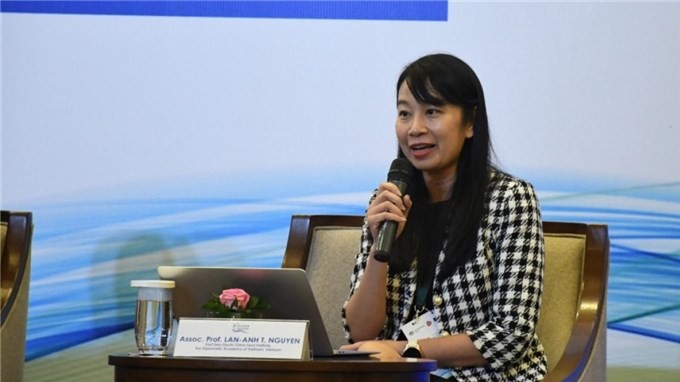 Focus
Focus
Vietnam - Responsible Member of 1982 UNCLOS - DAV’s Director of South China Sea Institute
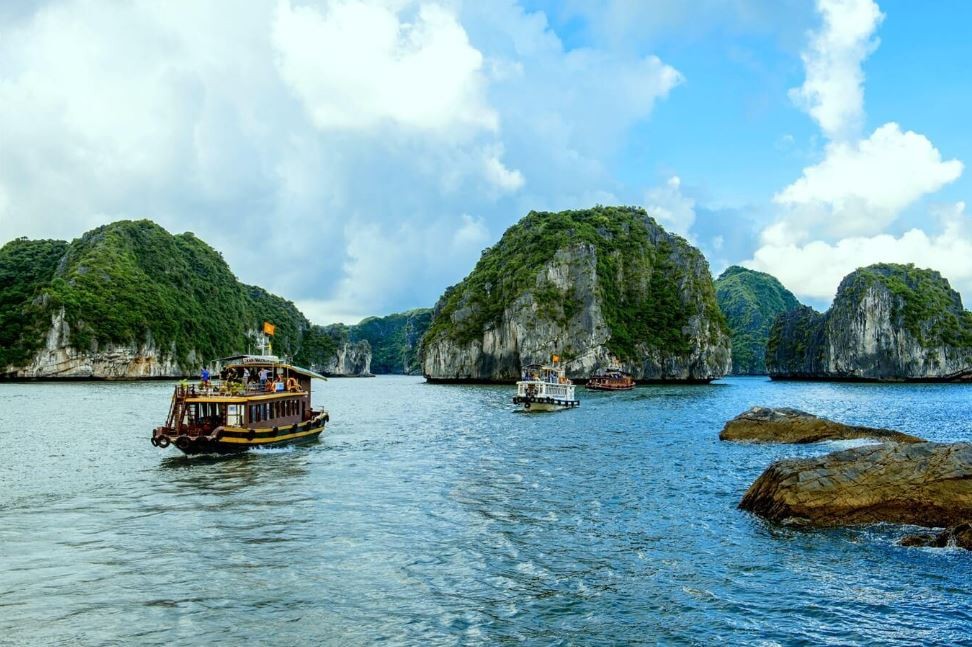 Seas and islands
Seas and islands
Vietnam Respects and Upholds universal value of UN Convention on the Law of the Sea
Recommended
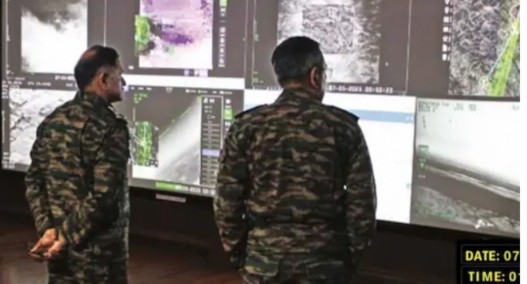 World
World
India reports 9 Pakistani Aircraft Destroyed In Operation Sindoor Strikes
 World
World
Thailand Positions Itself As a Global Wellness Destination
 World
World
Indonesia Accelerates Procedures to Join OECD
 World
World
South Korea elects Lee Jae-myung president
Popular article
 World
World
22nd Shangri-La Dialogue: Japan, Philippines boost defence cooperation
 World
World
Pakistan NCRC report explores emerging child rights issues
 World
World
"India has right to defend herself against terror," says German Foreign Minister, endorses Op Sindoor
 World
World







